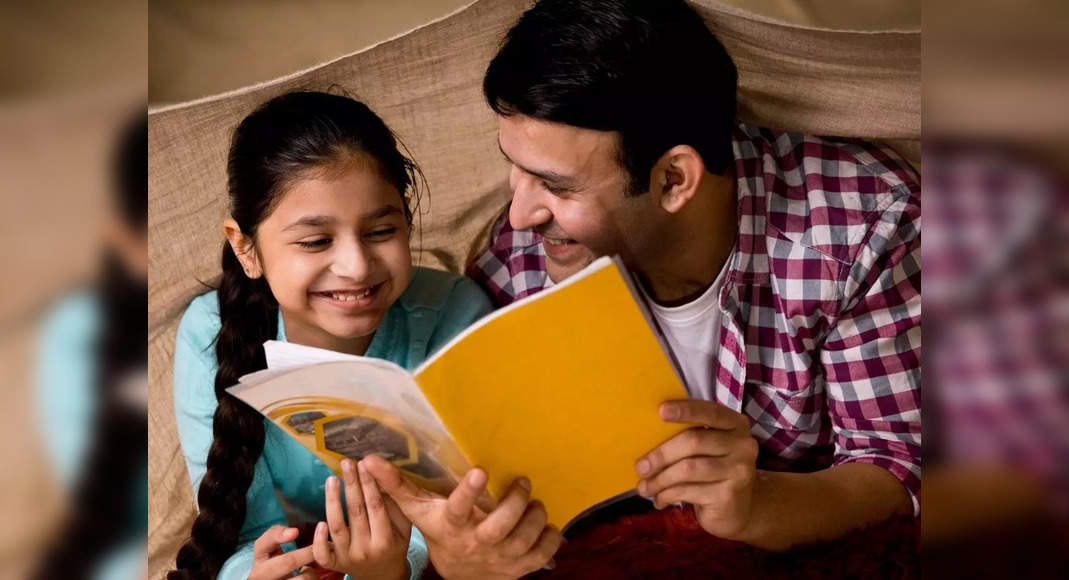The world will be able to see the first solar eclipse of 2021 on Thursday, June 10.
This is an annular solar eclipse that means the Moon will only cover the centre of the Sun, leaving the outer edges visible and forming a “ring of fire”.
The total duration of the annular eclipse is 3 minutes and 51 seconds.
It will start at 1:42 PM (IST) and end at 6:41 PM (IST).
As per the National Aeronautics and Space Administration (NASA), the solar eclipse will be visible in parts of Canada, Russia and Greenland.
It will be first seen in parts of Canada i.e.
northern Ontario and the north side of Lake Superior for three minutes.
The peak of the annular eclipse, the ring of fire, will be visible in Greenland, Siberia and the North pole, while some countries of Europe, Asia and Canada will witness a partial solar eclipse.
India will not witness the “Ring of Fire” but will be exposed to a partial solar eclipse.
Only a few northeastern states of India, including Ladakh and Arunachal Pradesh, will have the opportunity to witness this rare celestial event, the rest will have to watch it on live TV.
If you’re one of those who will witness this event, here are some dos and don’ts that you should follow:
What to do:
Use special “eclipse glasses” or hand-held solar viewers with solar filters to witness the eclipse.
Inspect your solar filters, if they are damaged or have a scratch, discard the filter.
Even in the case of a partial eclipse, do not view the Sun directly.
Create a pinhole camera to view the solar eclipse, the internet has a plethora of videos on how to make a sun viewer.
Read the instructions given in the solar filter, before using it.
If you want to take photos of the eclipse, use special protective filters to cover your camera and lens.
Supervise your children while watching the eclipse.
Remove the “eclipse glasses” only after you’ve completely looked away from the Sun.
People who wear prescription glasses should wear eclipse glasses over them.
What not to do:
Do not use normal sunglasses to look at the eclipse, it can damage your retina.
Never look at the Sun directly.
Do not use a telescope, binoculars or other optical devices to view this solar eclipse.
Do not use a solar filter with optic devices as our eyes cannot handle the concentrated solar rays, this can cause serious eye injuries.
It is advised not to use homemade filters, as they can transmit too much light that can damage our eyes.
Driving is not recommended during the eclipse, if you do drive, put your headlights on.
Life is unpredictable, so you need to take precautions to make sure you’re safe from the things that you can avoid.
Although the solar eclipse is a beautiful phenomenon it can harm you.
Take these aforementioned steps and to avoid any mishappenings.







